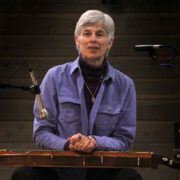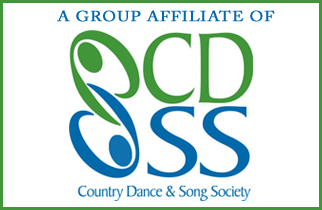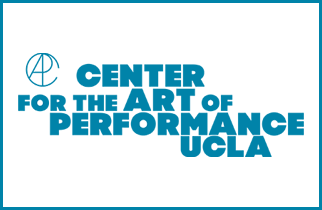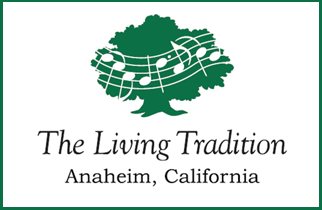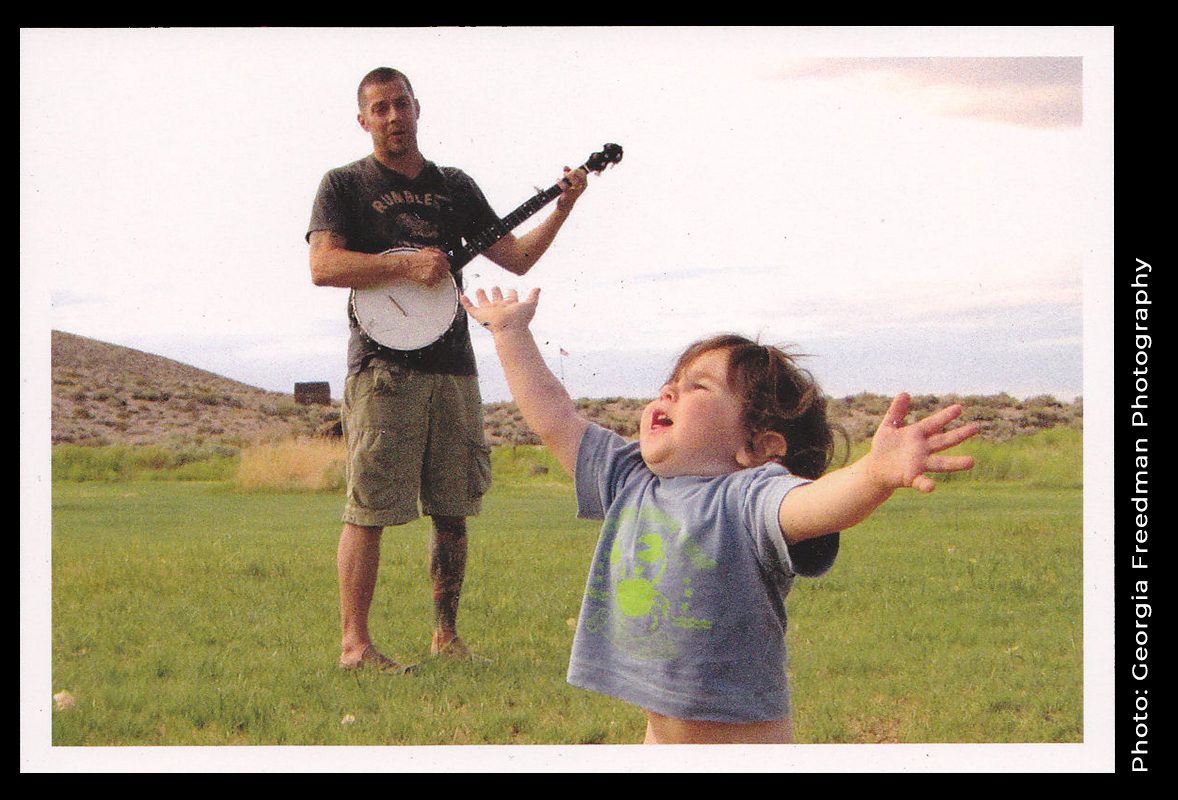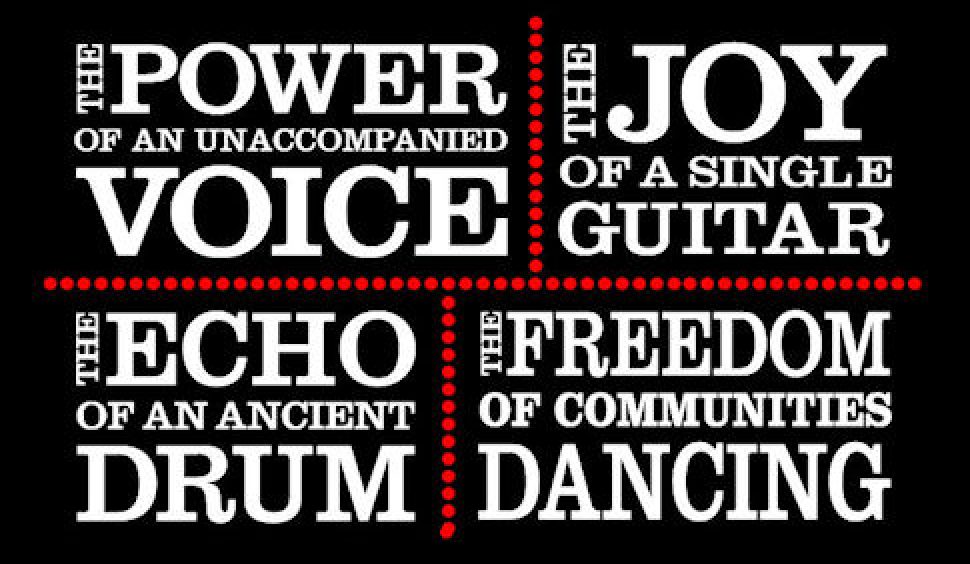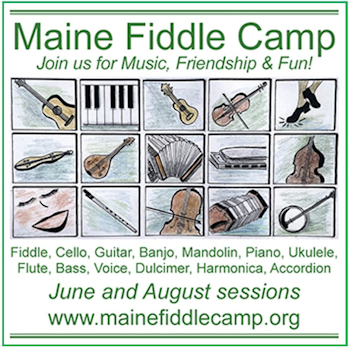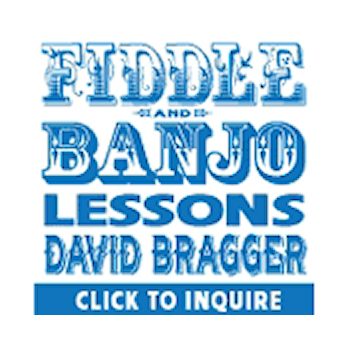JANITA BAKER – MOUNTAIN DULCIMER INNOVATOR
JANITA BAKER – MOUNTAIN DULCIMER INNOVATOR
BUILDER, COMPOSER, RECORDING ARTIST, TEACHER, AUTHOR, INLAY ARTIST, VETERINARY TECHNICIAN
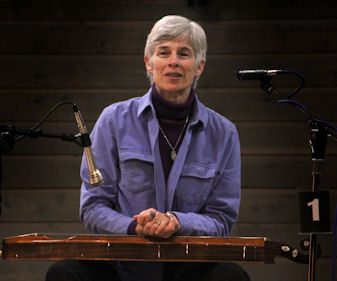 If you haven’t heard Janita Baker play the dulcimer or if you haven’t seen her stunning dulcimer inlay, listen to her composition, Snowy Owl then go to her website and view her inlay before reading on.
If you haven’t heard Janita Baker play the dulcimer or if you haven’t seen her stunning dulcimer inlay, listen to her composition, Snowy Owl then go to her website and view her inlay before reading on.
JL: You told me that Doc Watson got you into music and later Billy Keith and Bobby Thompson, both melodic style finger picking banjo players were early influences. Explain to me how they influenced your style of playing.
EARLY INFLUENCES
JB: Doc Watson is who got me into music. My dulcimer playing is basically a melodic style of finger picking. I first heard Doc Watson on a record in a friend’s room at a dorm at college. It totally blew me away. That was it. I didn’t listen to much music before then. I didn’t have a musical background. I wasn’t raised around music. I heard him play and I was hooked.
JL: Where did that inspiration take you?
JB: I started playing banjo, finger picking a 5 string banjo bluegrass style. And that’s how I met my husband Bob, who is a truly wonderful guitarist and my other great mentor. Trite as it sounds the rest is history.
JL: What did he introduce you to?
JB: Everything else: Mississippi John Hurt, pop music, swing, jazz and Travis Picking, the alternating thumb technique. He challenges me, which I love. He makes me find solutions to all the new stuff he comes up with. He started delving into swing music and said it would be really nice if you could play a D# 9+5 on the dulcimer. I mean he would do that with a twinkle so I’d have to figure out how to do it to play those great songs with him.
Fishin’ Blues Janita BakerJL: Is that why or how you invented the 4 equidistant 4 string technique?
JB: No. That came about early in my dulcimer journey. Bob gave me my first dulcimer. We were in a bluegrass band. He was in college and I was in grad school. He made me a dulcimer for our first anniversary. The minute I had it in my lap it made sense to me. I had never heard it played so I didn’t have any parameters by which to approach it. So I approached it like a banjo, by finger picking it. What I wanted to do was the music I was hearing players like Norman Blake and Dan Crary and the really good finger style guitarists playing.
So I started to do banjo stuff on the dulcimer. I was doing folk and bluegrass but what I really wanted to play was Scott Joplin. The movie The Sting was really big so I worked out The Entertainer. It’s pretty easy on the mountain dulcimer but the diatonic fretboard didn’t have a flatted third. Being a finger picker I realized I didn’t need a double melody string so I rearranged the strings into four equidistant spacing used it for that one note in The Entertainer. That’s where the 4 equidistant string style came from.
 |
 |
|
| (Mixolydian Tuning) | DD A D | D Bb A D |
| (Reverse Ionian Tuning) | DD G D | D Bb G D |
| standard 4 string dulcimer arrangement with double melody string | Janita’s 4 equidistant string arrangement |
JL: Nowadays people are putting in the extra 1+ fret to get that note.
JB: But what you don’t get with just the 1+ that you get with 4 equidistant is the availability of all the notes in a chromatic scale without adding those extra frets.
(For the non dulcimer players out there. Dulcimer frets are spaced like the white keys of the piano. It doesn’t have all 12 notes of a standard scale.)
JL: What are your tunings?
JB: For most of my fingerpicking repertoire it’s D A Bb D and for a lot of the swing and most of the backup I do I use D G Bb D (reverse Ionian). That flatted 6th give you all the notes you don’t have on the other strings. But the cool thing is it gives you those notes within reach. If you need to alter a chord; by having that string tuned to the flatted 6th, the other notes are right there under your fingers. There are no crazy stretches. And coming up with that tuning was luck, not because I knew what I was doing.
FIRST MUSIC LESSONS
JL: So it sounds like your family didn’t play or listen to music.
JB: Nope! My mom wanted her daughters to be able to play a musical instrument and had us take piano. I took it for 4 years. It was horrible. All I wanted to do was not have to take piano! So I wrote my mom a contract. I said I would do dishes every night for a year if she let me stop taking piano. I did dishes for every night for a year!
I really wanted to play the guitar. I got a little Sears Silvertone, took one 6 week class at McCabes, learned thumb pluck pluck and three chords. That was my music background until college where I discovered music. People played music for fun which blew me away. I never thought people did it for fun.
I was in the right place at the right time. It was the ‘70s. I was at UC Riverside. Every night, all night long, I was listening to really excellent musicians like The Dillards, Dan Crary and Byron Berline. It was this whole world I didn’t know existed. I was so lucky.
JL: So is that where you picked up the banjo, in college?
JB: Yep. It was what I wanted to play. I bought a banjo for fifty bucks and tried to take lessons but was too terrified, too nervous to physically do it. I shook too hard to hold the banjo.
So the teacher just gave me the music and said: “Go home and learn this.” He gave me stuff I was hearing every night. So I learned it pretty much by ear and from tab he gave me. That’s why I have huge empathy with nervous students.
JL: Why do you think you were so nervous?
JB: I think I wanted to do it well so much that it scared me to death. I mean I have so much admiration for any person, especially an adult that takes lessons. I know how much it scared me.
JL: It’s interesting that you’ve become such an exceptional teacher considering how scary it was for you to take lessons.
JB: Maybe that’s part of it, wanting to put someone at ease, wanting to find the way that works for them. If you’re a dogmatic teacher, you’re not going to have success clear across the class, because people don’t learn the same way. You have to be in tune to those people who are timid, people who want to get everything “right now,” people who are willing to do the tedious work in order to be able to play what they want to play, and the player sitting in the back corner who is going: “Why are you teaching, I’m a better player than you are!”. You’ve got to pay attention to all those different needs and make it work for everybody.
BOB
JL: So you met Bob during college?
JB: Yup, I came up to San Luis Obispo from Santa Monica for summer school and that’s how I met Bob. His roommate heard me playing banjo. He said: “My friend plays really good guitar and you guys should get together.” So I invited them over to pick on a Friday night. That’s how I met Bob. I’ve always said I married him because he let me play banjo with him and he said he married me because I was the only banjo player he met that could keep time.
In those days, in Riverside, women didn’t play banjo. You were not welcome to join in. So I would sit in and go home and play what I heard. Bob let me play with him so that was really cool. We courted through music. We courted long distance and got married in 1973.
INSTRUMENT BUILDING
JL: So when did the two of you start building instruments?
JB: We worked for a friend who had two music stores. We ran the one in Santa Maria. We did guitar repair and thought it would be really cool to build a really good dulcimer I could use in performance. We got 6 kits and tweaked each one a little.
We built the first one from scratch out of walnut from my granddad’s walnut orchard in Illinois. It sounded better than any of the kits, and anything we’d found. So we thought it would be really cool to build guitars and dulcimers for a living.
We went looking for where we could start a music store and finally said: “Let’s dump the music store part and just build instruments.” Who would know that was an almost impossible way to try to make a living!
We’d seen this property (where we’ve lived since 1977) a year prior to this and we bought it. We really planned to make guitars but people started wanting the dulcimers.
JL: That was the 1970s. Were you going to any of the early festivals?
JB: No. The first one I did was Summer Solstice at Greystone in 1981 maybe 1982.
JL: Oh yes, that was here in Los Angeles at the old Doheny Mansion, Elaine Weissman’s festival.
JB: Bob Force and Al D’Osche said: “You have to come. People have to know what you are doing.” They’re the ones that got me in with Kicking Mule Records. From that I got invited to play at the Great Black Swamp Festival in Lima, Ohio and again thanks to Bob and Albert.
JL: What were those first festivals like?
JB: Terrifying. I’d never been to a festival. I about died when I had to play a concert set.
JL: I know how shy and terrified you are. But when you get in front of the audience and that microphone, something happens and you’re an amazing storyteller and performer. How does that happen?
JB: To me it’s more important that your audience enjoy your performance and be comfortable and have a good time than for me to be comfortable. ‘Cause I’m not going to be comfortable up there.
In those early days I would just psych myself up: “If I don’t go out there and do that, people aren’t going to know the dulcimer can do stuff like this, that nobody else is doing.” The west coasters were really pushing it to extremes. Like Richard Farina’s sound, you, Bob Force and Al D’Osche and Bonnie Carol. The dulcimer is such an incredibly versatile instrument. It’s capable of doing anything you want it to do. And if you don’t get out there and show people, they’re not going to know.
INLAY
JL: When did you start getting into inlay?
JB: I was working with pre-cut inlays through the music store we were working at. People wanted inlays put in their guitar necks or whatever. I got into doing it. Like you, I just love it.
The first commission I ever got was for the single rose inlay. A banjo player ordered our first dulcimer and he wanted a rose in it.
JL: The same rose that’s now your trademark?
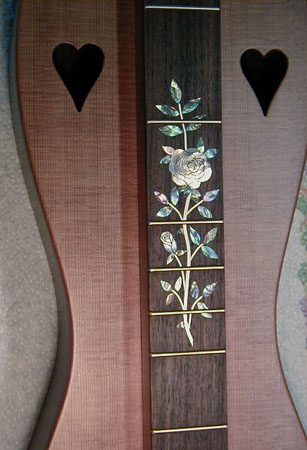
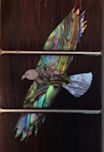
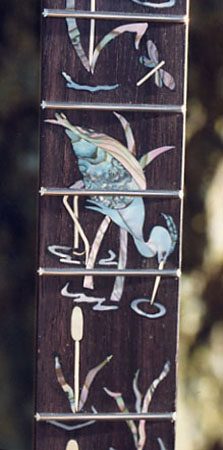
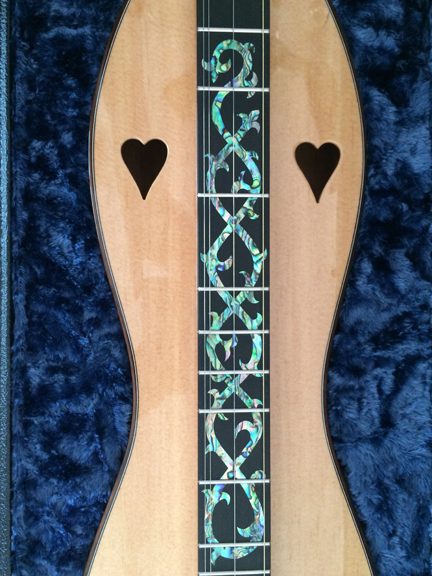
JB: Yes.
JL: Are you doing any particular custom job right now that is a challenge?
JB: Yeah. I’ve got one I’m doing for a really neat person who loves winter. Her inlay is a little cabin in the snow with a snow man and the blue ridge mountains with snow on them in the background smoke coming out of the chimney and I she mentioned if I could do a little ice pond. That would be cool. I don’t do a lot of landscape inlays so that will be nice.
JL: Let’s talk about animals? How did you get from music store to working at a vet?
JB: Through the dulcimer of course. I taught music at a local summer art park for kids. One of the participants was the daughter of a vet. She went home to her mother and said “You’re going to trade vet services to get a dulcimer”. And so I started going to Dr. Karen Bowls. I told her, “I would give anything to work at a vet’s.” She said, “Oh, well you can work here if you want to.” So she taught me how to be a vet tech. I had all my vet bills covered, basically pre-paid, so I could take care of my animals how I wanted to, instead of what I could afford.
When Karen retired, she took me over to the clinic that I work for now. It’s a lot more surgically oriented. We’ve got state of the art stuff and it just ramped up the learning curve so much. I love it. I always learn something new, have to be on my toes, like I’m sure you do with your practice.
JL: Always a challenge. And that’s what we love.
JB: No matter what. When you think you got it, something new comes along and you don’t got it, and its just great. And it keeps me well supplied in cats and dogs. (We laugh)
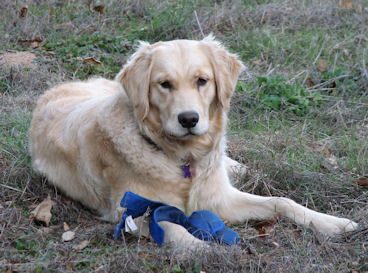 Keela. |
 Dxy. |
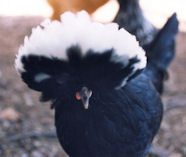 Thelma. |
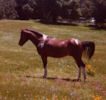 Sparky. |
JANITA BAKER
10650 Little Quail Lane, Santa Margarita, CA 93453-8615
dulcimers@bluelioninstruments.com
A true creative maverick in the mountain dulcimer world, Joellen Lapidus both embraces the deep rich traditions of the Appalachian Mountain Dulcimer, and creates new traditions. One of the pioneers of an equally rich California Mountain Dulcimer tradition, her rhythmic playing style and elegant shapes and inlaid dulcimers have influenced generations of players and builders. Joellen teaches at McCabes Guitar Shop and dulcimer festivals from coast to coast. (this last sentence is optional, depending on how much room you have.) www.lapidusmusic.com

